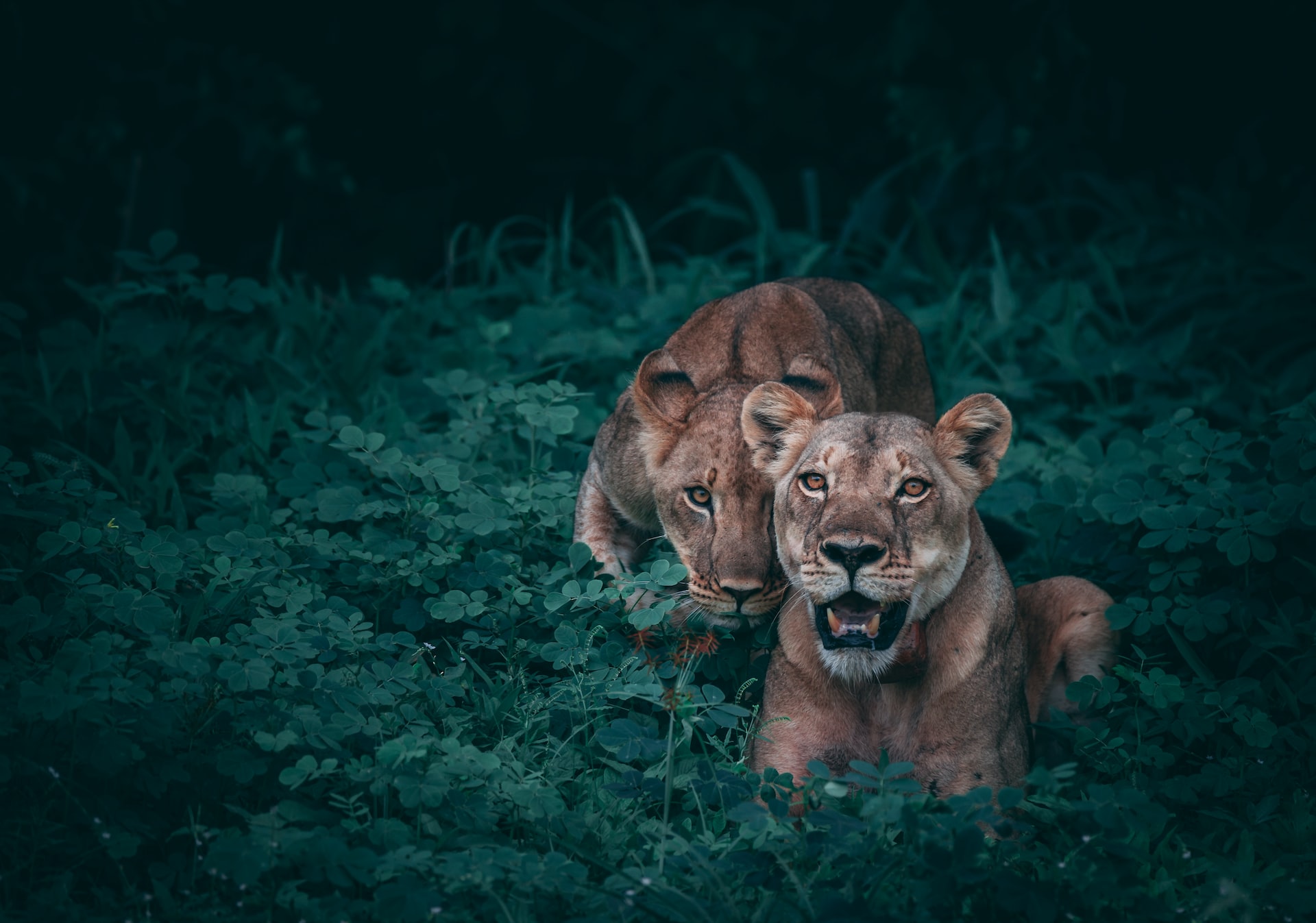The Future of Wildlife Conservation: Innovative Solutions and Emerging Technologies

Wildlife conservation is the practice of protecting and preserving wild animals and their habitats for future generations. As the world’s population continues to grow and human activities increasingly threaten wildlife populations and habitats, conservation efforts are becoming increasingly important.
Genetic Engineering
Genetic engineering is a rapidly advancing field that has the potential to revolutionize wildlife conservation. By understanding and manipulating the genetic makeup of animals, scientists can develop new ways to protect endangered species and conserve biodiversity.
For example, researchers are currently working to develop new methods to genetically modify animals to make them more resistant to diseases and environmental threats.

Artificial Intelligence (AI) and Big Data
Artificial intelligence (AI) and big data are also playing an increasingly important role in wildlife conservation. By analyzing large amounts of data, scientists and conservationists can identify patterns and trends that can help them better understand and protect wildlife populations.
For example, AI-powered cameras are being used to monitor wildlife populations in remote areas, and data from these cameras is being used to track animal movement and behavior.
Drones and Robotics
Drones and robotics are also becoming increasingly important in wildlife conservation efforts. Drones can be used to survey large areas of land quickly and cheaply, providing valuable data on animal populations and habitats. Robotic systems can also be used to monitor and protect wildlife populations in remote areas, such as using autonomous drones to track illegal poaching.
Virtual Reality (VR) and Augmented Reality (AR)
Virtual reality (VR) and augmented reality (AR) are also being used to help raise awareness and educate people about wildlife conservation. These technologies can be used to immerse people in virtual environments, allowing them to experience wildlife and habitats in ways that would otherwise be impossible.
For example, virtual reality documentaries and games can be used to educate people about the importance of protecting endangered species and their habitats.
Blockchain Technology
Blockchain technology is being used to help combat illegal wildlife trade, which is a major threat to many endangered species. Blockchain is a secure and transparent way to record and track transactions, making it difficult for illegal traders to conceal their activities.
For example, the World Wildlife Fund (WWF) is currently working to develop a blockchain-based system to trace the origin of illegal wildlife products and help authorities identify and prosecute traffickers.
In conclusion, innovative solutions and emerging technologies are playing an increasingly important role in wildlife conservation efforts. From genetic engineering to blockchain technology, these technologies have the potential to revolutionize the way we protect and preserve wildlife populations and habitats.
However, it’s important to note that technology alone is not enough to save wildlife, and conservation efforts must be supported by changes in policy and human behavior to be truly effective.
References:
- Genetic modification proposed to save endangered species
- Can cross-breeding protect endangered species from the climate emergency? | Evolution | The Guardian
- Wildlife Crime Technology Project | Projects | WWF
- Beyond bored apes: Blockchain polarizes wildlife conservation community
- How drones are revolutionizing our understanding of sharks
- How the ‘SnotBot’ and 2 other drones are helping us save endangered species
- Conservation News and Research – Scientific American
- 15 Conservation Issues to Watch in 2022 – Scientific American





